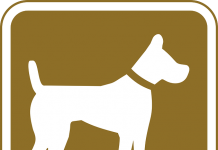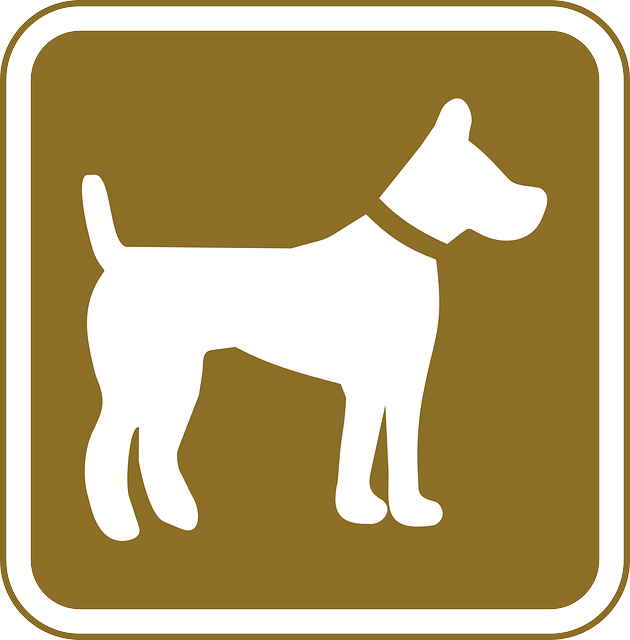With the rise of canned dog food and dry kibble, we’re seeing a rise in canine health issues, from digestive problems to allergies and even cancers. Most of these health issues can be attributed to a dog’s diet. Today’s processed dog foods are often laden with hard-to-digest grains and preservatives. These store-bought dog foods do not provide our canine companions with the optimal nutrition they need to maintain a healthy mind and body.
Raw diets provide dogs with more nutrients.
It’s a documented fact that man’s best friend descended from wolves. Despite slight differences in appearance and behavior, both wolves and domesticated dogs are carnivorous creatures. In the wild, a wolf’s diet consists of deer, moose, and smaller mammals including squirrels and other rodents. If food sources are scarce, they may even consume birds and reptiles. In some situations, dogs will supplement their diets with green vegetation when needed — and dogs instinctively know what their bodies need.
You may notice your dog out back eating grass, chewing on your things, or even digging in the yard. In some cases, these are not simply behavioral problems but could also be a sign of a nutrient deficiency. Dogs eating grass may be trying to get nutrients that they’re lacking in their everyday diet. The same goes with chewing and digging — your dog could be seeking out minerals and nutrients.
Naturally, when it comes to feeding our furry friends, it only makes sense to feed them the diet that their bodies were designed to consume.
Raw fed dogs have less health issues.
It’s interesting to note that processed dog food wasn’t even a thing until 1860. Prior to that, dogs were often fed raw meat, raw bones, and table scraps. While roaming the fields, they would eat whatever they could catch or scavenge. There is a saying, “…as fit as a butcher’s dog.” This saying is in reference to the healthy, fit dogs of butchers. Why do you think these dogs were so fit and healthy? It’s simple — it was because they were eating raw meat and raw bones, just as a canine body is designed to do.
When processed foods were introduced, the world of dog ownership changed. Today, most canines eat from a can or a bag. As a result, we’re seeing more health issues including, but not limited to:
- Food intolerance
- Allergies
- Skin issues
- Obesity
- Cancers
- Dental issues
These health issues in canines can be reduced by feeding a raw diet. Many dog owners have noticed that their furry friend begins to sport a shinier coat, experiences less itchiness, and a becomes more active after switching to a raw canine diet.
Feeding raw is cost effective.
Many dog owners scoff at the thought of feeding raw because they believe it’s “too expensive.” It may seem that way at first when only considering food costs, but when you factor in vet bills, you’ll quickly see how cost-effective it is. Vet bills can range anywhere from $100 for an office visit up to thousands of dollars for scans and tests. By switching your dog to raw, you’ll likely cut your vet bill in half — if not more.
Not to mention, there are ways to cut your raw dog food budget by purchasing in bulk, or by getting deals at your local butcher. There are even raw feeding groups online where people purchase raw food in large groups at a steep discount.
The greatest benefit of feeding your dog a raw diet is knowing that you are providing him with the diet nature intended. Raw diets ensure that your canine companion has everything that he needs to live a long, happy life with less health issues than dogs that are fed processed diets. Needless to say, the advantages of feeding a dog raw are absolutely worth it.
There are many users on youtube that stepped over to the raw food diet for their dogs, e.g.























